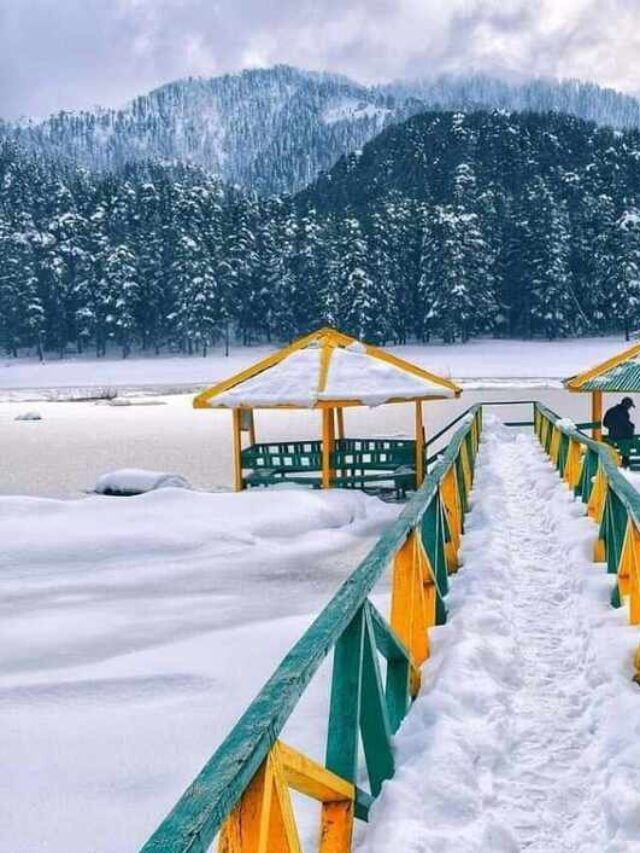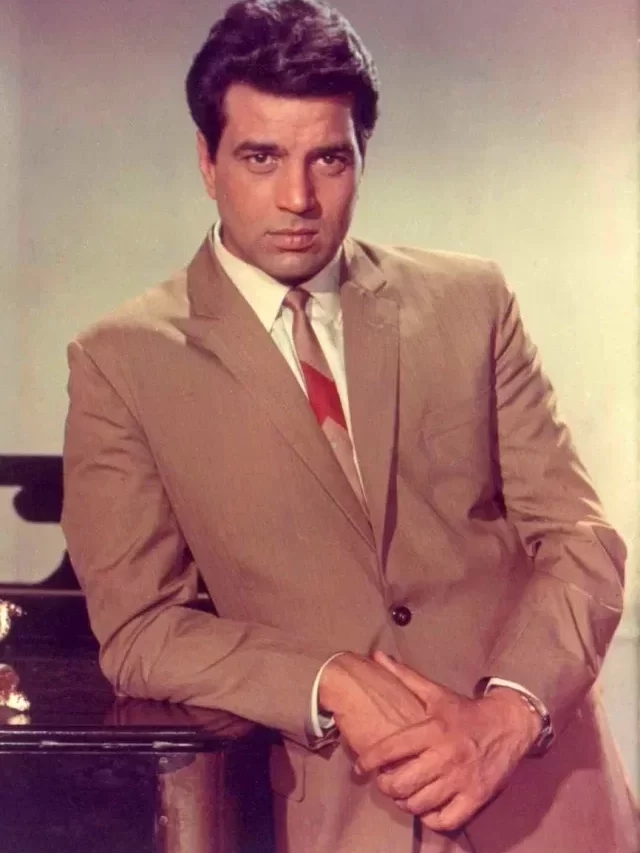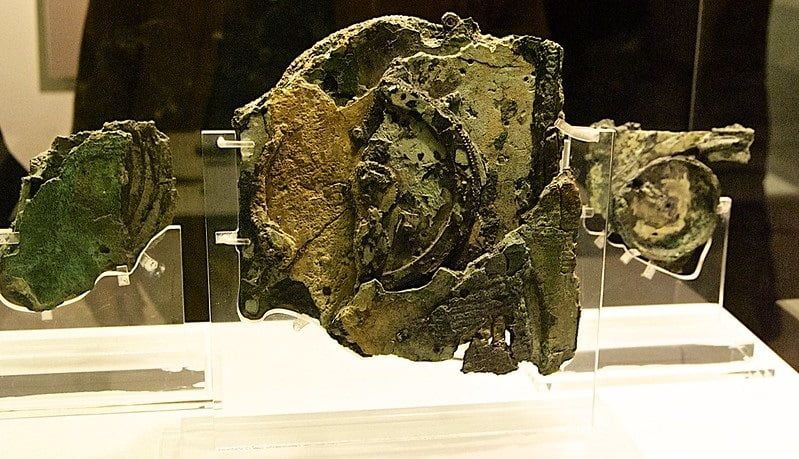The First War of Independence marked a new page in the history of India’s golden existence. The Indian Rebellion of 1857 brought to us a courageous warrior and military leader, Kunwar Singh. The revolt in Arrah was led by this brave man, who was full of valor. Kunwar Singh role in the revolt of 1857 was magnanimous, as he continued to battle the East India Company for an additional year after the revolt. He never gave up, until his last breath. Keeping in mind Kunwar Singh’s valiant efforts, let us learn what caused the Sepoy Mutiny.
Siege Of Arrah: The First War Of Independence
Like everyone else in the country, the European residents of Arrah in Bihar soon realized how dangerous their situation was in the wake of the uprisings in Meerut, Delhi, and Lucknow. Arrah was under siege during the Sepoy Mutiny, otherwise known as the Indian Rebellion of 1857.
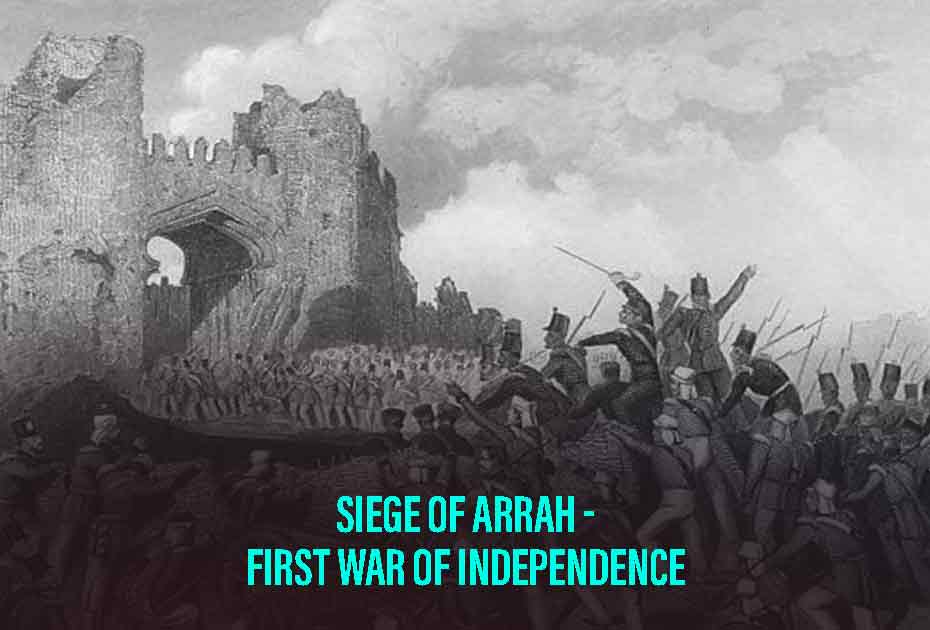
On 27th July 1857 – Indian Rebellion of 1857: 68 men held out for 8 days against a force of 2,500 to 3,000 mutinying sepoys and 8,000 irregular forces. At that time, the chieftain in charge of the Jagdishpur domain was Kunwar Singh. There were 50 Bengal Military Police Battalion members and 18 civilians living in the reinforced outbuilding. Despite being close to 80 years old, Kunwar Singh was arguably the best military strategist and leader of the rebellion.
Out of the 415 men in the relief party, about 290 men were killed during an unsuccessful siege-breaking attempt. Another relief group was released. However, it only resulted in further loss. When Major General Vincent Eyer learned of the siege while en route to Allahabad, he went to Arrah despite being specifically told not to. On August 3rd, his army beat Kunwar Singh and his allies at Bibiganj. The British pursued the Kunwar Singh men to Singh’s home in Jagdishpur.
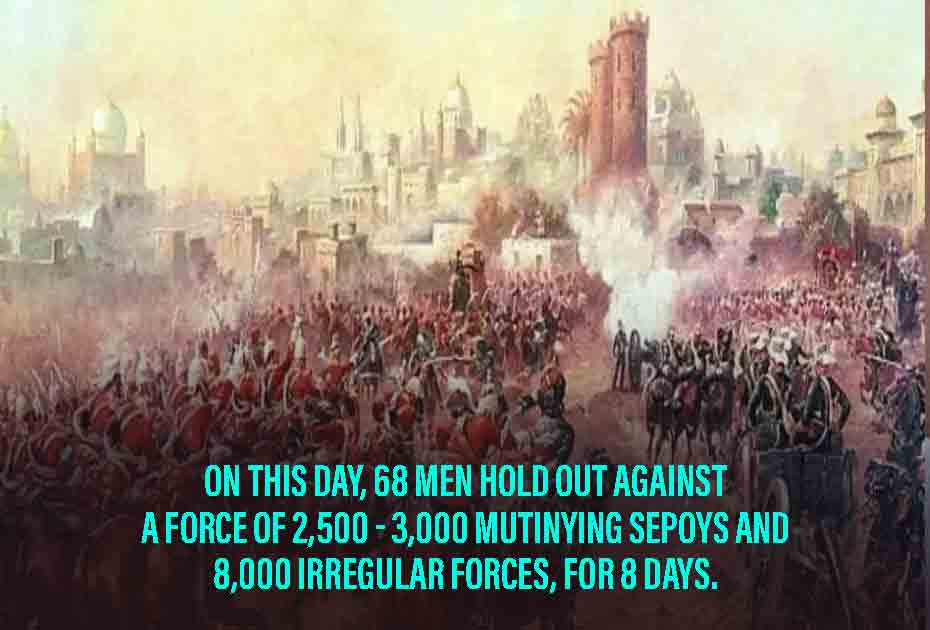
The Magistrate of Shahabad, Mr Wake, who was still in charge of the 50 members of the Bengal Military Police Battalion and was one of the Arrah residents under siege, offered to accompany the valiant leader. By 12th August, Singh’s soldiers had been routed and the palace had been seized, but he had already left. Unfortunately, the British troops demolished most of Jagdishpur. Kunwar Singh role in the revolt of 1857 was magnanimous. At the age of 80, he was an inspiration to many on the battlefield.
Sepoy Mutiny: What Caused The Sepoy Mutiny?
What caused the Sepoy mutiny, you may wonder? We have the answers for you. The English East India Company’s Indian soldiers (sepoys) started the Sepoy Mutiny, also known as the Indian Rebellion of 1857.
When sepoys refused to make use of the brand-new rifle cartridges introduced by the Company because they thought they were lubricated with pig and cow grease, rendering them filthy for both Muslims and Hindus, a rebellion broke out. A rumour was also spread which assumed that the bone dust of cows and pigs was being mixed in the gunpowder which was sold in the market. This additionally led to further enragement.
Although the soldiers were restrained and imprisoned, their enraged countrymen slaughtered the British guards and marched to Delhi. The battle which ensued was ferocious, violent, and brutal on both sides and unfortunately, Indian forces lost. This was the Sepoy Mutiny and it had irreversible consequences on India’s future.
What happened is that, after this event, The East India Company was immediately dissolved by the British Crown in favour of direct control over India. Additionally, the British imposed control over Hindu traditions and culture and were put to a standstill. Hence, an amalgamation of reasons was what caused the Sepoy mutiny.
Also Read- Mangal Pandey Contribution To The Freedom Struggle, Revolt Of 1857 And Facts About Him
The Revolt In Arrah
Kunwar Singh led the Revolt in Arrah and his contributions are deemed ginormous. What happened before, requires a little insight into history. Apparently, an outbreak was anticipated in Dinapore, close to Patna, according to a letter that was delivered to William Tayler, the commissioner of Patna, on June 8.
On July 17, a second letter from an unnamed source alleging that Kunwar Singh, an 80-year-old zamindar from the area, would be taking part in a mutiny, was delivered to the office of the municipal judge. As anticipated, Kunwar Singh and his soldiers joined the rebel sepoys as they travelled to Arrah on the morning of July 27. Hence, the revolt in Arrah was led by Kunwar Singh.
Who Was Kunwar Singh & His Early Life
Who was Kunwar Singh? A great military leader and rebel, Kunwar Singh was born to the family of Maharaja Shahabzada Singh, and his mother Maharani Panchratan Devi at Jagdishpur, Bihar, on November 13th, 1777. He was born to the Ujjainiya Rajput clan.
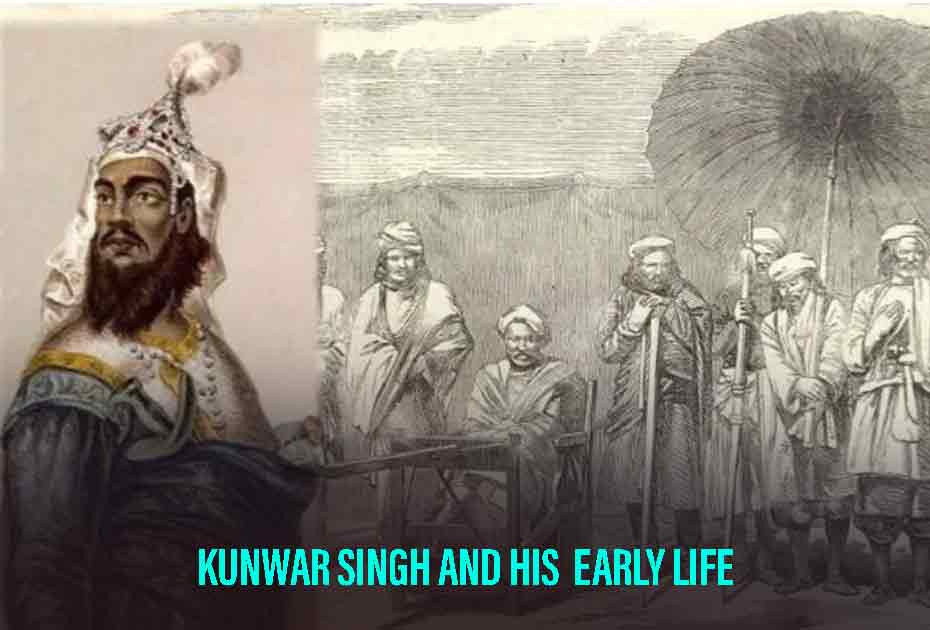
In the year 1826, the great warrior, Kunwar Singh took over as the zamindar, or the chieftain, of Jagdishpur in place of his deceased father. His brothers received some of the villages. He, later on, married Raja Fateh Naraiyan Singh’s daughter, and she belonged to a well-to-do zamindar of the Deo Raj estate in the Gaya area. They were Rajputs from the Sisodia dynasty.
Also Read- Remembering The Father Of Indian Unrest: Lokmanya Tilak
Kunwar Singh Role In the Revolt Of 1857
As mentioned earlier, Kunwar Singh role in the revolt of 1857 is heavily talked about and appreciated. He was the valiant leader in the Indian Rebellion of 1857, specifically the siege that took place in Arrah. The revolt in Arrah was led by the legendary man. When he was 80 years old, he organized a group of armed soldiers against an attack on the British East India Company’s troops.
He was in charge of planning the battle in Bihar against the British and was an inspiration to the other men on the battlefield. Even before the actual outbreak of war, Kunwar Singh was a prepared man. He had his fort repaired, additionally, setting up an ammunition factory to prepare for arms. He was also responsible for the arrangement of a group of soldiers: almost 10,000 in number. Kunwar Singh was revered by the warriors and sepoys of Chota Nagpur, Palamu, Manbhum, Singhbhum, and Danapur who promised to aid him in the conflict.
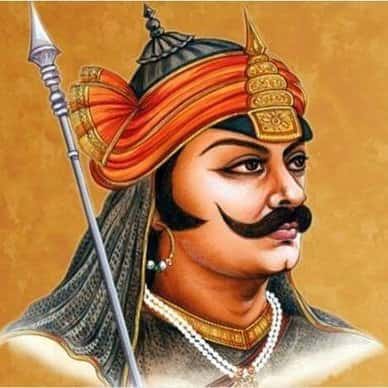
Kunwar Singh, along with his group of warrior men, accompanied by the rebellious soldiers of the Bengal Native Infantry, besieged the Britishers in Arrah. Major General Vincent Eyer heard and came to know about the rebellion and immediately went to tackle the issue.
As mentioned before, on August 3rd, General Vincent’s army beat the great military leader and his allies at Bibiganj. The British pursued the Kunwar Singh men to Singh’s home in Jagdishpur. However, by then, Kunwar Singh had fled. Angered at not being able to capture the valiant soldier, everything the zamindar owned in Jagdishpur was demolished and destroyed. For a further year, Kunwar Singh fought the East India Company. Unfortunately, he died in April of 1858.
Death And Legacy Of Kunwar Singh
On April 23rd, 1858, close to Jagdispur, the great warrior engaged in his last battle, in which the British East India Company’s Force was completely destroyed. He was majorly hurt and bruised, but on April 22nd and 23rd, he bravely faced the British Troops, forcing them away from Jagdishpur Fort. His men assisted him in lowering the Union Jack and raising his flag.
He made his return to his palace on April 23, 1858, and on the 26th of April, he took his last breath. While Kunwar Singh was no more, his legacy would be remembered for ages to come.
In fact, in 1966, India released a stamp in memory of Kunwar Singh to honour his commitment to the struggle for freedom. The Bihar government, to commemorate the efforts of the valiant warrior, established an education institution, Veer Kunwar Singh University in the place where the courageous soldier first began his siege, Arrah.
In the year 2018, the Bihar government erected a statue in honour of him in Hardinge Park. Additionally, “Veer Kunwar Singh Azadi Park” was given as the new name for the park. Hence, although often forgotten in the books of history, his legacy will continue to live on.
Also Read- The Mystery Of Netaji Subhash Chandra Bose Death And His Visit To Germany
Few Final Words
Kunwar Singh role in the revolt of 1857 was humongous. Although not talked about enough, among all the other warriors who were involved in the Indian Rebellion of 1857 and the Sepoy Mutiny, his efforts at Arrah forever proved to be beneficial. The revolt of Arrah was led by the courageous man and he didn’t give up, not until he was majorly injured. He inspired the men around him. To see an 80-year-old man show such grandiose courage and effort was a sight to behold.
Although what caused the Sepoy Mutiny remains a big page in India’s history, it is important to also remember Kunwar Singh and his contributions to the freedom struggle. His efforts acted as the stepping stone for India’s future struggles against the British; which ultimately resulted in our Independence. The First War of Independence shaped the rest of our nation’s history, and it mustn’t be forgotten.
For more interesting articles, visit Discover
